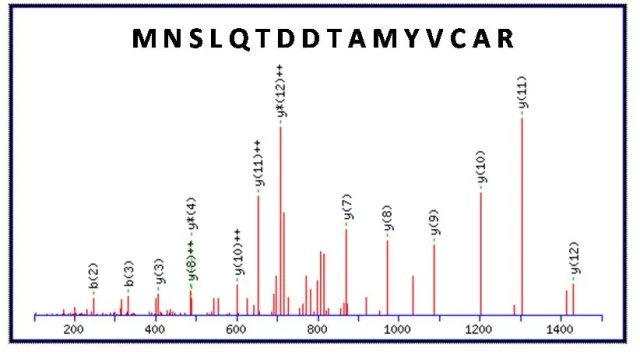Friedrich L, Stangl S, Hahne H, Küster B, Köhler P, Multhoff G, Skerra A.
Protein Eng Des Sel. 2010 Feb 1. [Epub ahead of print]. PMID: 20123884
Hsp70, the major stress-inducible member of the 70 kDa heat shock protein family, is frequently exposed on the plasma membrane of human tumours and, even more pronounced, on metastases but not detectable on normal tissues. The mouse monoclonal antibody cmHsp70.1, which recognizes a peptide epitope in the C-terminal substrate binding domain of both human and murine Hsp70, provides a promising reagent for the monitoring of Hsp70-positive tumours during cancer therapy. Here, we describe the variable domain sequences of the antibody produced by the hybridoma cell line and attempts to secrete the corresponding recombinant Fab fragment in Escherichia coli. Initially, the yield of soluble functional Fab fragment that could be purified from the periplasmic cell extract was extremely low, even when preparing different chimeric versions with constant domains of human or murine origin or with the light chain constant domain belonging to the kappa or lambda class. Surprisingly, this yield could be raised dramatically by more than a factor 100 in the presence of the folding helper plasmid pTUM4, which overexpresses two periplasmic disulphide oxido-reductases as well as two chaperones with proline-cis/trans-isomerase activity. Thus, more than 15 mg functional recombinant Fab fragment could be purified per litre E.coli culture from a bench top fermenter. This Fab fragment showed high and specific Hsp70 binding activity in ELISA and SPR measurements, revealing a dissociation constant of 35 nM. Notably, the Fab fragment sensitively recognizes the membrane-associated Hsp70 on tumour cell lines both in immunofluorescence microscopy and flow cytometry, thus showing potential for tumour detection in vitro and in vivo.
